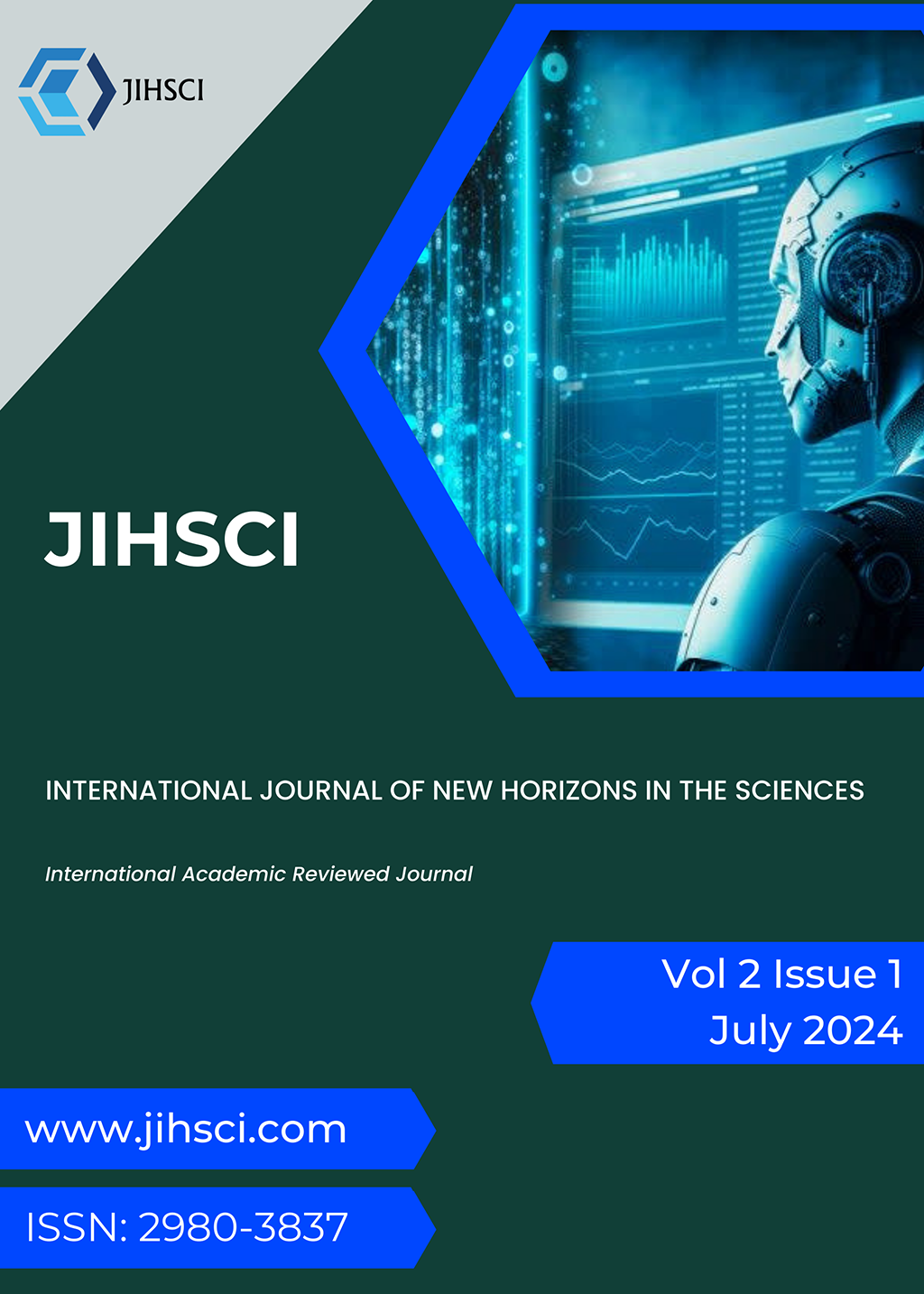EFFECT OF ACCELERATOR CONCENTRATION ON MICROSTRUCTURE AND COATING THICKNESS DURING THE PHOSPHATING PROCESS
Keywords:
Phosphating, Accelerator, Phosphate Crystal, SemAbstract
Phosphating is a pre-treatment used to protect surfaces against corrosion and to improve the adhesion strength of subsequently applied coatings, such as cataphoresis. Phosphating usually involves zinc, nickel, and manganese in the form of tri-cation; the slower dissolution of manganese compared to zinc reduces the process speed on an industrial scale. This study investigated the effect of various accelerator concentrations on the speed of the industrial phosphating process. It was observed that the coatings obtained at low accelerator concentrations were not homogenous and contained voids. This potentially reduces the corrosion resistance and adhesion strength of subsequent coatings. The phosphating process achieved with the optimum accelerator concentration resulted in a more homogenous coating and increased coating weight. This created a more effective surface for the subsequent coating process. Although tests such as corrosion and adhesion after phosphating have not been carried out, the microstructure and coating weight results provide valuable information for the optimization of the phosphating process. These findings offer significant contributions to more effective protection of metal surfaces.
Downloads
Published
How to Cite
Issue
Section
License
Copyright (c) 2024 INTERNATIONAL JOURNAL OF NEW HORIZONS IN THE SCIENCES

This work is licensed under a Creative Commons Attribution-NonCommercial-NoDerivatives 4.0 International License.

